End of Era for Adelaide’s Notorious Red Light Area on Hanson Rd
Once notorious for flamboyant street sex workers, its surrounding suburbs are transforming into something else; although nobody is yet sure exactly what.
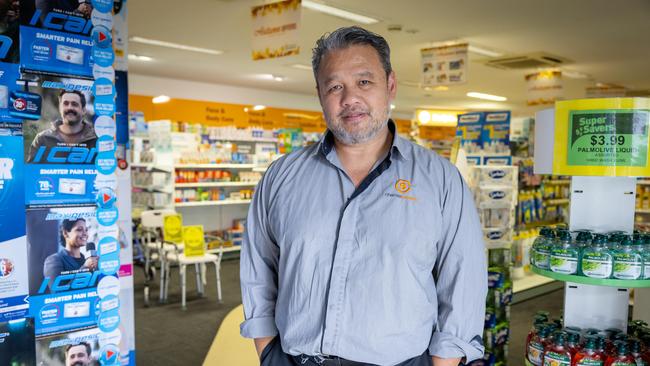
SA News
Don't miss out on the headlines from SA News. Followed categories will be added to My News.
As dusk falls and most people have headed home from work, Caroline is just starting.
She’s a woman in her 50s, wearing a woollen cardigan exposing her cleavage and a short skirt revealing a series of bruises around her thighs.
She’s sitting by a closed-down jewellery shop on Sixth Ave at Woodville Gardens when the Sunday Mail approaches her to find out what is happening in the area.
Sixth Ave is where the street-walk sex trade has migrated from its traditional base on Hanson Rd.
While there are million-dollar homes on the street, the streetscape doesn’t match the houses.
Here and on surrounding streets, there are abandoned shopping trolleys, piles of rubbish, used syringes and packets of drugs used to enhance sexual performance.
Caroline is a streetwalker. She sticks to that line of sex work because, as she says, she’s never been any good at using the internet where so much of the trade is plied these days.
And she says she would never work in a massage parlour because she wants to keep the profits for herself.
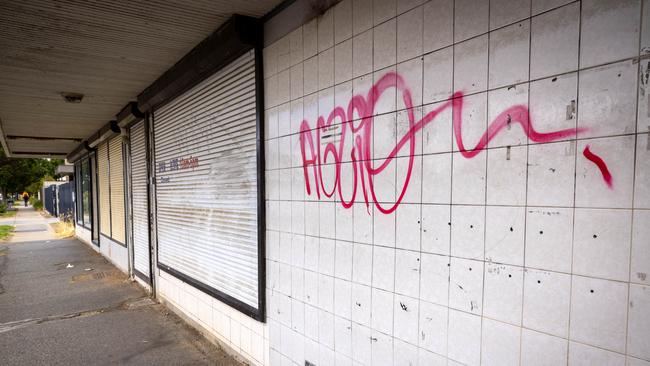
Caroline says there aren’t as many street walkers as there used to be, and they have shifted from Hanson Rd into the streets to the east. Others say it’s because police move them off the main road.
And that’s why there’s tension in the area. Hanson Rd businesses don’t want the sex trade near them.
But as the area is gentrified – many Housing Trust homes and boarding houses have been demolished and replaced with new private homes, some in subdivisions with six-foot high fences – residents don’t want it on their streets either.
Still on Sixth Ave, we encounter another sex worker aged about 40, with short brown hair and wearing a tank top.
She has a speech impediment and flashes the gap where her front teeth used to be, above her whiskered chin, as she details the prices for her services.
She says we can go down to the road to the park around the public velodrome.
We obviously decline, but as is the case with some of the other sex workers we meet, the prices are shockingly low given the risks they take in their line of work.
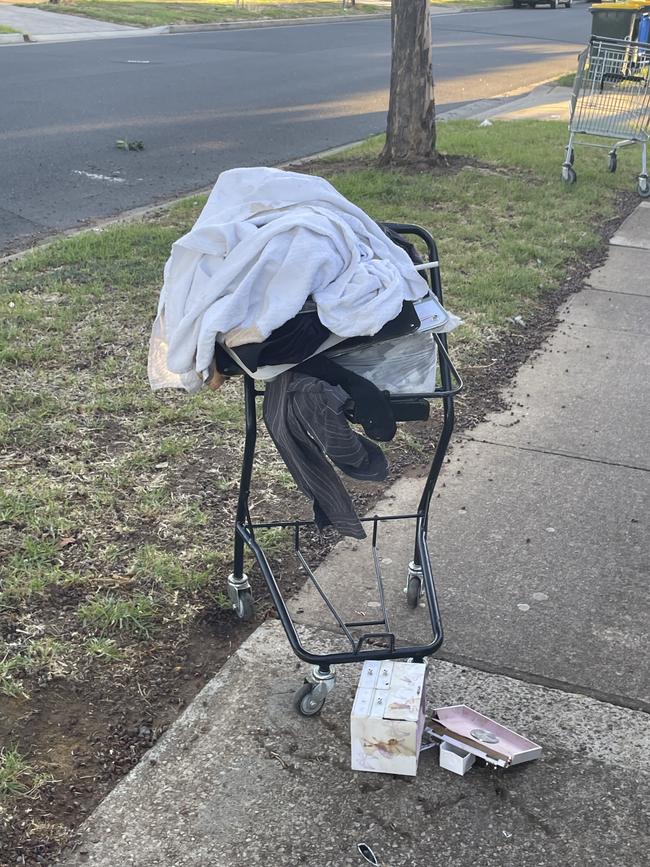
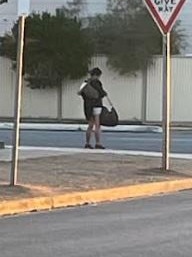
What’s happening here in Adelaide’s northwest is reflected in longstanding red-light areas in cities around the country.
The Covid-19 pandemic accelerated the trend from traditional forms of prostitution to online platforms such as OnlyFans.
It is estimated there are about a quarter of the street walkers in capital cities compared to five years ago.
There used to be some sort of limited safety in numbers, but now that’s not the case any more.
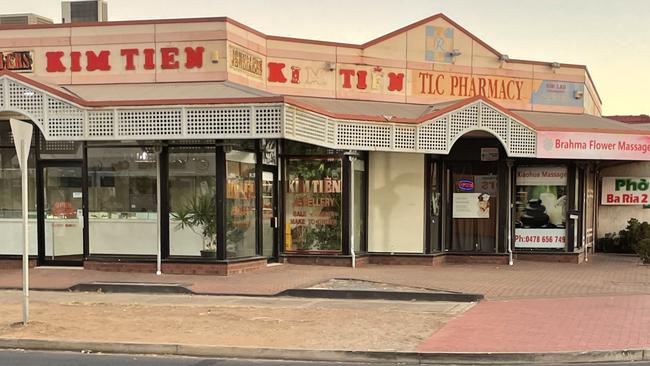
Those who are left are, in many cases, highly vulnerable, with disabilities and suffering from drug addictions and poverty.
Greens MP Tammy Franks says there is a dire need for services such as a clinic or drop-in centre in Woodville Gardens – places where sex workers could go for help and information if they want to leave the trade.
A fifth of the people who live in Woodville Gardens have Vietnamese heritage.
Tuan a Tran’s family were one of 2000 Vietnamese who came to South Australia in 1980 after spending years in a refugee camp to escape communism after the fall of Saigon in 1975.
Like his father did, he runs a pharmacy in the suburb.
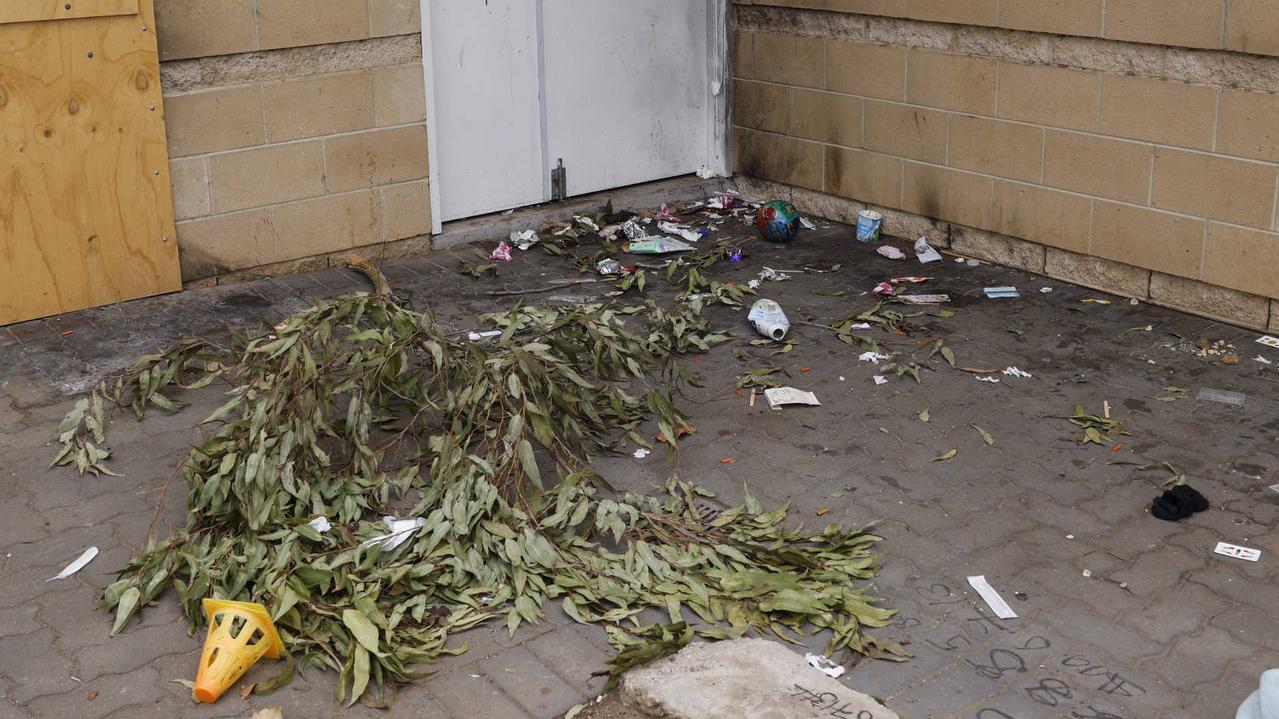
“The number of street workers has definitely reduced,” Mr Tran said.
One of the reason for the decline in numbers, he says, was the upgrade to the North-South Corridor that meant far fewer trucks used Hanson Rd – and truckies used to be a good source of clients for sex workers.
But Mr Tran says while the sex trade is reduced, problems of drug use and homelessness are on the rise – and the remaining sex workers are more likely to be in poverty and desperate for any source of income than in the past.
“We really just try to show all the people who come to this area compassion wherever we can,” he said.
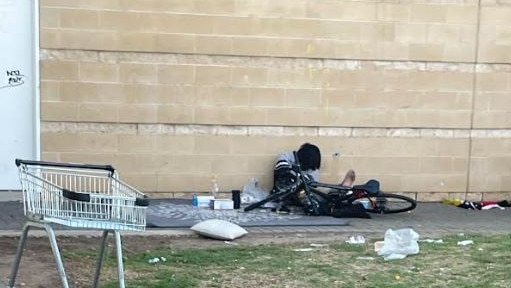
As we keep wandering around the area, with its dimly-lit side streets, it’s now past 10pm as we pass a massage parlour.
A man gives us a big smile as he injects methamphetamine openly in the street.
Near the velodrome, we pass the site where, in February, a man attempted to shoot another’s man dog, leaving a bullet hole in the cream public toilet block.
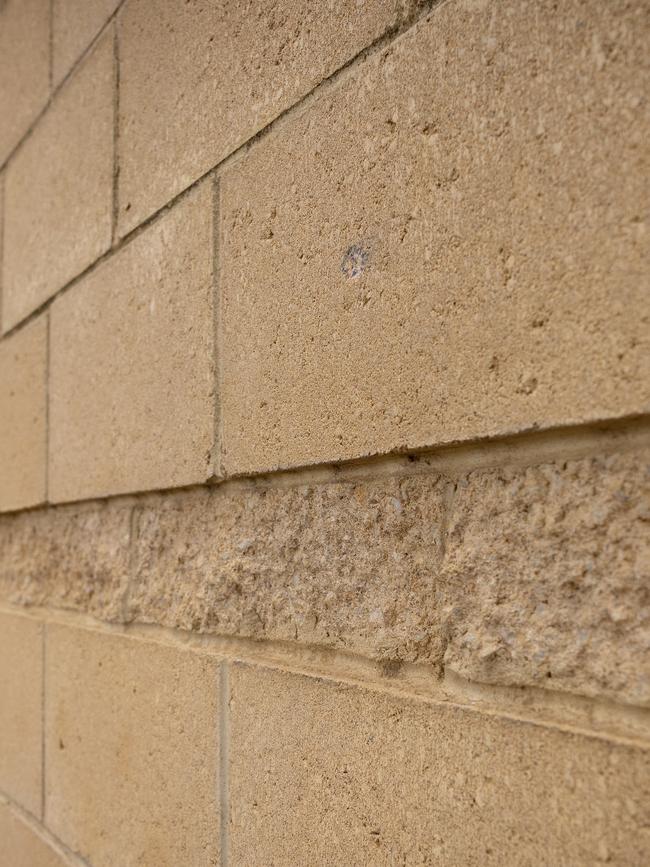
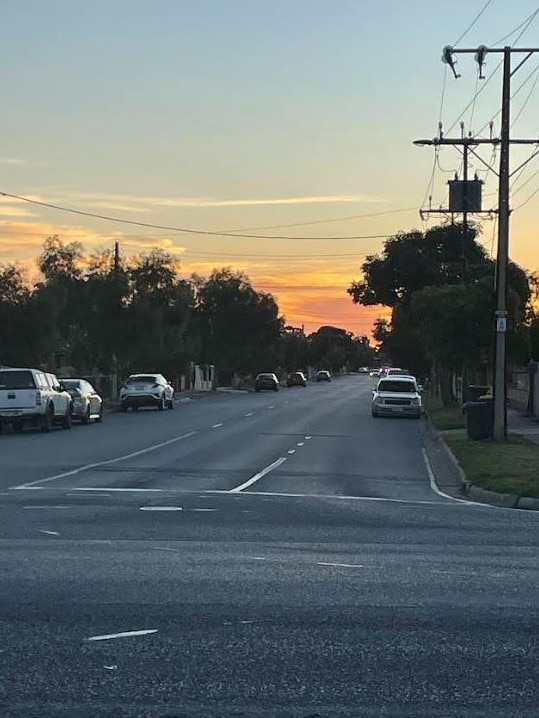
The bullet hole is just above where we see a homeless man waking up in his hammock.
The last street walker we meet is an old-timer who gives us a reassuring stare as we strike up a conversation.
She is wearing a skin-tight 1980s-style pink dress and has bleach-blonde hair.
In her right hand she holds a basket of a beautiful, docile purring, black kittens that are just 12 weeks old.
She says she recently found them abandoned on the street.
The woman says her days of making a decent living from truckies are over.
“Hanson Rd is not the same as the old days,” she said.
“It used to be just so much fun.
“But sometimes things change and never, ever go back to what they were.”
More Coverage
Originally published as End of Era for Adelaide’s Notorious Red Light Area on Hanson Rd





